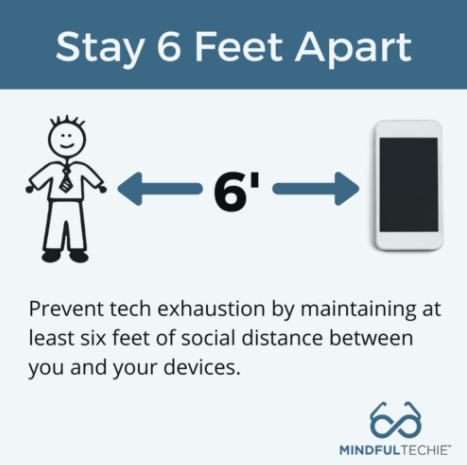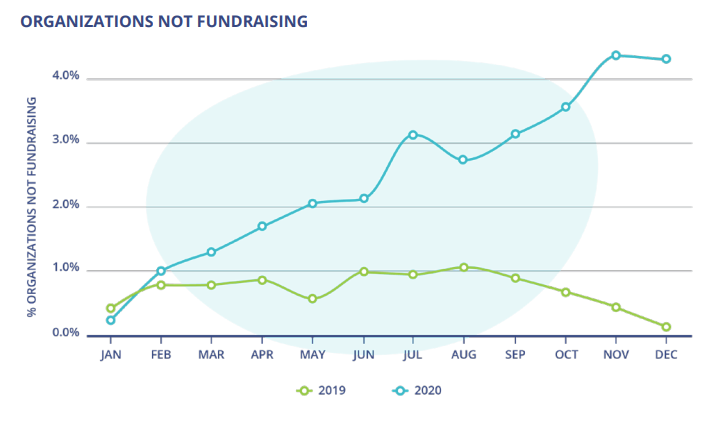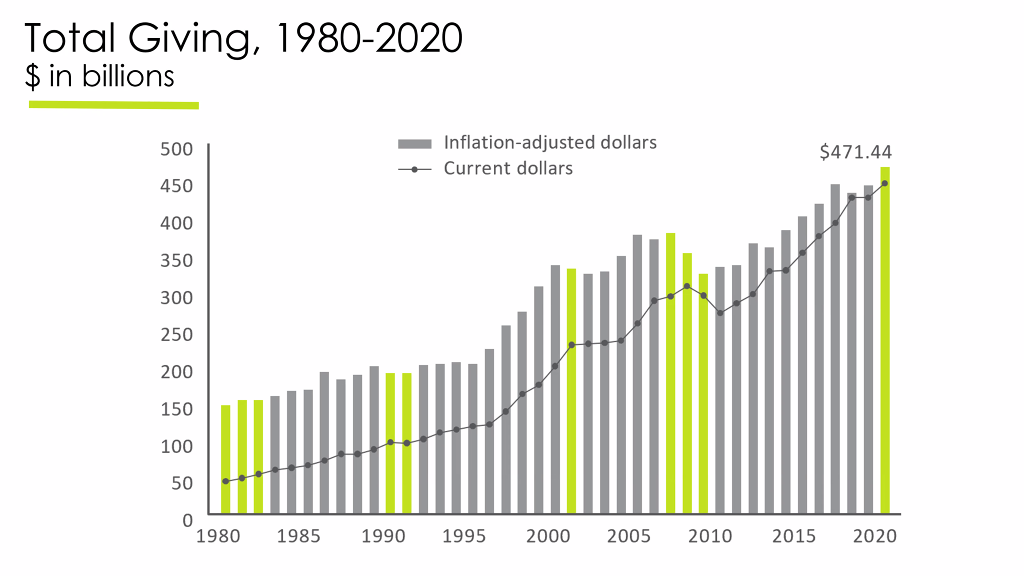The last year and a half has been difficult. Between the COVID-19 pandemic, civil unrest, a divisive political landscape, and more, sometimes it can be difficult to believe we’re actually approaching 2022. The stress of the last year and a half has impacted everyone in different ways, and we’ve seen heightened fatigue among fundraising and nonprofit professionals.
If you feel stuck, like your donors shouldn’t be bothered with your organization’s needs right now, or you just have less energy for work-related tasks, you’re probably experiencing nonprofit burnout and/or compassion fatigue. Burnout is a type of work-related stress—it’s a state of physical or emotional exhaustion that also involves a sense of reduced accomplishment.
Compassion fatigue stems from helping others—you want to keep helping, but you’re overwhelmed from being exposed to the trauma of others. As the pandemic continues and the 24-hour news cycle brings nonstop trauma to our attention, we’re all at risk of compassion fatigue, especially those of us whose job it is to help others!
Sometimes, in order to help others effectively, we first need to focus on helping ourselves. Keep reading to discover 5 ways to reduce compassion fatigue and nonprofit burnout!
Practice Mindfulness
Mindfulness is simply being fully present and engaged in the moment. According to the guided meditation app, Headspace, “Mindfulness allows us to connect with ourselves, so we can recognize our thoughts and feelings head-on in order to address them.”
To create lasting change that will protect you from nonprofit burnout, it’s important to first acknowledge what you’re feeling and when. Can you identify when you’re most stressed or tired? Pause throughout the work day and check in on yourself. How do you feel in one particular moment? Are you tired? Is your heart rate high? Do you feel angry, sad, or unmotivated? Are there particular events that are contributing to these feelings such as scrolling through social media, or receiving work notifications after hours?
To walk you through a mindfulness exercise, our very own Product Content Specialist, Kimber Wiggs, has created a guided meditation especially for fundraisers! Check it out below.
Schedule Time to Prioritize YOU
To be proactive and help prevent nonprofit burnout, be sure to plan vacations or scheduled absences from work. Time off gives you a chance to recharge, establish a work-life balance, and return to your job with renewed energy. Your time off doesn’t have to be a planned vacation out of town either—it can be something as simple as a day off to sleep in and read a book!
Schedule things throughout the workweek that make you happy. Working out, cooking, reading a book or taking a walk outside are just a few little things you can do to prioritize yourself and unplug from work.
Intentionally Unplug
Has technology or social media had a negative impact on your mental health? Cut back and create boundaries for yourself. Try scheduling “tech time” to check in throughout the day on any important calls or messages (don’t forget to let your friends, family, and coworkers know about your new tech schedule!). Turn off notifications on your phone at certain times of the day or for non-critical apps. Another way you can curb social media or tech burnout is by putting away your devices during meals. For more technology tips, check out the Mindful Techie website.
Repeat After Me: Donors Want to Support Our Organization
It can be easy to assume that your supporters and volunteers are just as overwhelmed as you may be and that they don’t want to hear from you. That’s just not true! According to data collected by the GivingTuesday Data Commons, fundraising efforts dropped considerably last year—especially during Q4. But the nonprofits that did the best during 2020 were those who continued to ask their donors for money and created “giving moments” (a timely reason to give).
Even during tough times your donors want to support you. Just look at how total giving increased last year! You can dive into the data below by watching our on-demand webinar with The Alford Group here.
Donors stepped up in a big way to help the causes most important to them. Giving makes people feel good. During 2020, there was a lot that many of us couldn’t control, but there was one thing we could control—our giving! Supporting you helps your donors feel good.
Create a Culture of Appreciation
One of the easiest ways to encourage yourself while you’re at work is to remind yourself of what you’ve achieved. If your organization or department has a recurring meeting, suggest starting the meeting with each person sharing their win of the week or month. Initially, you may feel uncomfortable talking about your own achievements, but it will help create a culture in which everyone on your team feels celebrated.
If sharing your achievements in a team meeting won’t work for your organization, try ending each week by writing down three things you’re proud of. Did your email have a great open rate? Be proud and acknowledge that win! Did you confirm a meeting with a fundraising prospect? Acknowledge that win!
Get Jazzed About Your Mission Again
Every fundraiser needs powerful stories to create compelling content that inspires donors to give. To collect this content and reconnect with the feel-good impact your nonprofit has, schedule interviews with your volunteers or those who have received your organization’s services. Ask them what your nonprofit means to them, why they serve, how their life has changed, or why they came to your organization initially. Spending time reconnecting with your mission is a great way to keep what really matters top of mind.
Getting out into the field is always a great way to reconnect. If it’s not possible, here are other options you can try to get excited about your mission and curb nonprofit burnout:
- Read through past appeals that share great client stories.
- Watch videos you’ve used in past campaigns, especially if they’re story-driven.
- Spend some time writing little notes in outgoing holiday cards for your donors or board members.
- Call a donor or two to thank them for their gift and ask them why they decided to support your work.
Conclusion
You’re making a positive difference in the world. Your work as a nonprofit or fundraising professional is commendable—it’s work that your donors and community members want to support! We hope that the tips and reminders in this blog help you make it through this busy season and avoid fundraising burnout.
For more helpful resources to curb burnout and add peace of mind, check out the items listed below:





